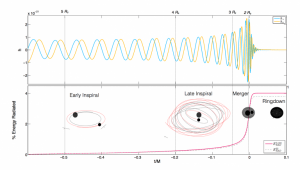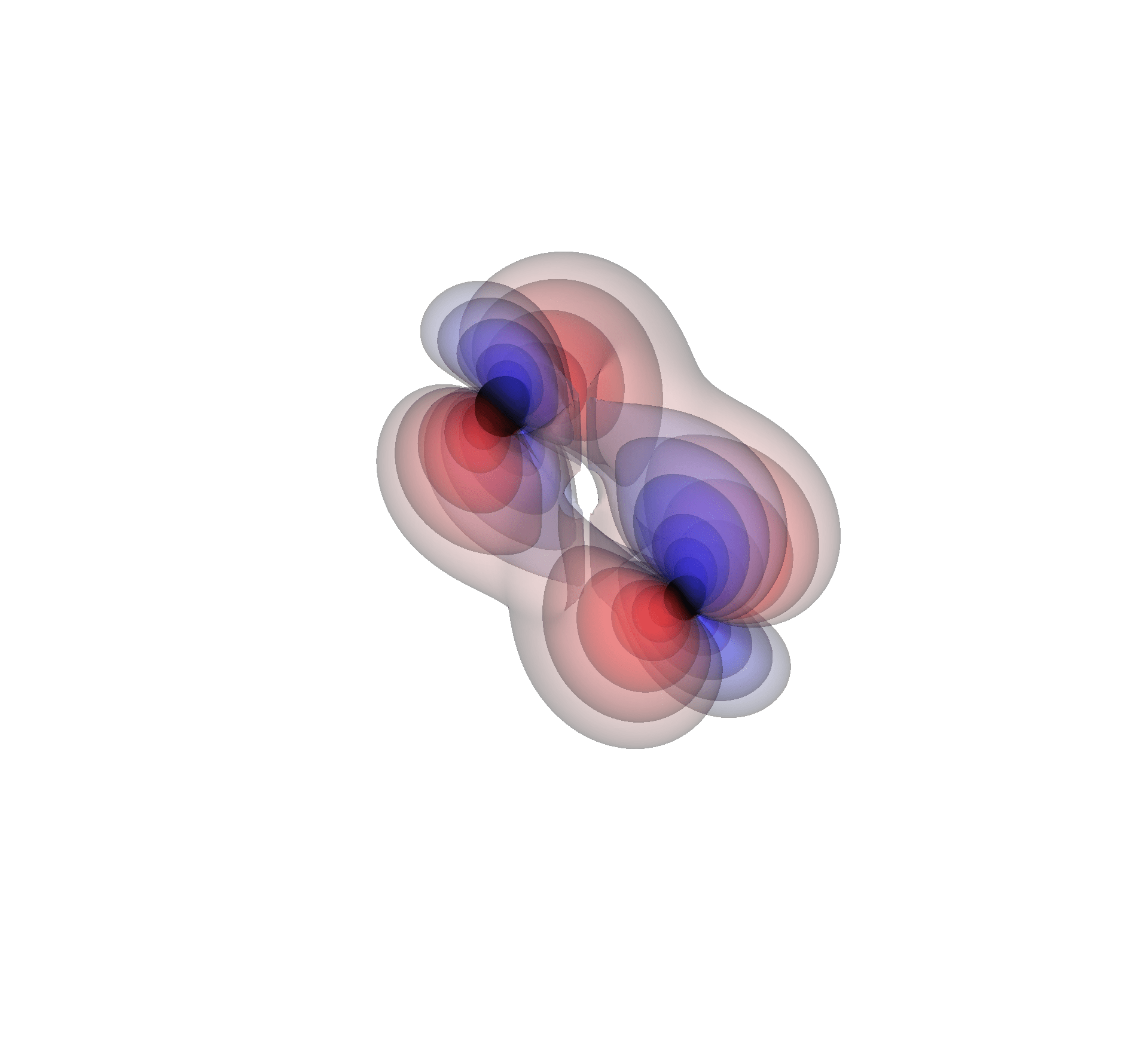GaTech Press Release:

For the first time, scientists have observed ripples in the fabric of spacetime called gravitational waves, arriving at the earth from a cataclysmic event in the distant universe. This confirms a major prediction of Albert Einstein’s 1915 general theory of relativity and opens an unprecedented new window onto the cosmos.
The gravitational waves were detected on September 14, 2015 at 5:51 a.m. Eastern Daylight Time (9:51 UTC) by both of the twin Laser Interferometer Gravitational-wave Observatory (LIGO) detectors, located in Livingston, Louisiana, and Hanford, Washington, USA. The LIGO Observatories are funded by the National Science Foundation (NSF), and were conceived, built, and are operated by Caltech and MIT. The discovery, accepted for publication in the journal Physical Review Letters, was made by the LIGO Scientific Collaboration (which includes the GEO Collaboration and the Australian Consortium for Interferometric Gravitational Astronomy) and the Virgo Collaboration using data from the two LIGO detectors.
Based on the observed signals, LIGO scientists estimate that the black holes for this event were about 29 and 36 times the mass of the sun, and the event took place 1.3 billion years ago. About three times the mass of the sun was converted into gravitational waves in a fraction of a second – with a peak power output about 50 times that of the whole visible universe. By looking at the time of arrival of the signals – the detector in Livingston recorded the event seven milliseconds before the detector in Hanford – scientists can say that the source was located in the Southern Hemisphere.
There are 12 Georgia Institute of Technology faculty members, postdoctoral researchers and students in the LIGO Scientific Collaboration. The team is led by Associate Professor Laura Cadonati, who also chairs the LIGO Data Analysis Council. In this role, she coordinates and guides the activities of hundreds of scientists around the world who work together to analyze the data coming out of the LIGO detectors.
The Georgia Tech researchers conducted various analyses over the span of six months toward the confirmation of the first gravitational wave detection. They examined the large amount of data collected by the two detectors and performed investigations to ensure that the observed signal wasn’t due to false noise from the instrument or environment.
Once the signal was extracted from the LIGO data, the Georgia Tech team was able to compare it with hundreds of its simulations of binary black hole mergers. This helped confirm that the signal indeed originated from two black holes, nearly equal in mass, that were spinning on their respective axes as they orbited and collided, forming a single, spinning black hole.
The images below depict two black holes in orbit around each other. As we move left to right, they are getting closer and closer together, losing energy to gravitational waves, seen here as colored contours. They were generated by solving the Einstein field equations of gravity for the colliding black holes, a field known as numerical relativity. With these equations, Einstein predicted the existence of gravitational waves and black holes 100 years ago this year. While the movie lasts only seconds, it has taken the numerical relativity community years to solve the equations of Einstein’s gravity. Solving the equations for just this system of black holes took two weeks on one of the nation’s largest computers; a part of the NSF’s XSEDE program. These images have the same physical parameters as the first gravitational wave detected on 14 September 2015. One black hole was about 30 times more massive than the Sun collided with another about 36 times the mass of the Sun. Waveforms produced from simulations like this one played an important role for the gravitational wave seen on September 14 2015.
These binary black hole simulations were produced by the Georgia Tech numerical relativity team, under the leadership of Deirdre Shoemaker, associate professor and director of Georgia Tech’s Center for Relativistic Astrophysics. They solved Einstein’s field equations to model sources of gravitational waves using high-performance computing facilities. The movie was created by Matt Kinsey and the simulation done by Karan Jani, Michael Clark and Matt Kinsey.
Further details about the detection and the Gatech movie:
http://ligo.org/news/detection-press-release.pdf
http://www.news.gatech.edu/features/gravitational-waves-observed
http://www.einstein.gatech.edu
https://www.youtube.com/watch?v=pryd0mUmbCM&feature=youtu.be
https://www.facebook.com/GTastro/
https://www.facebook.com/LigoScientificCollaboration/


